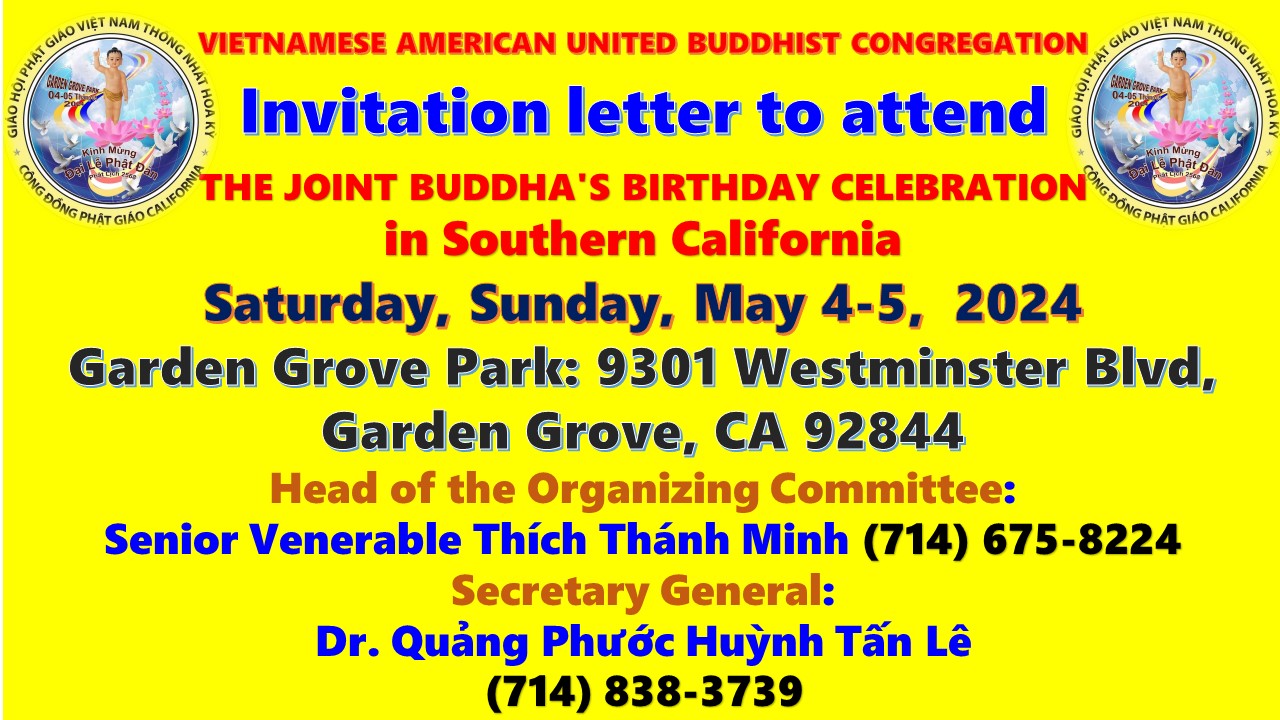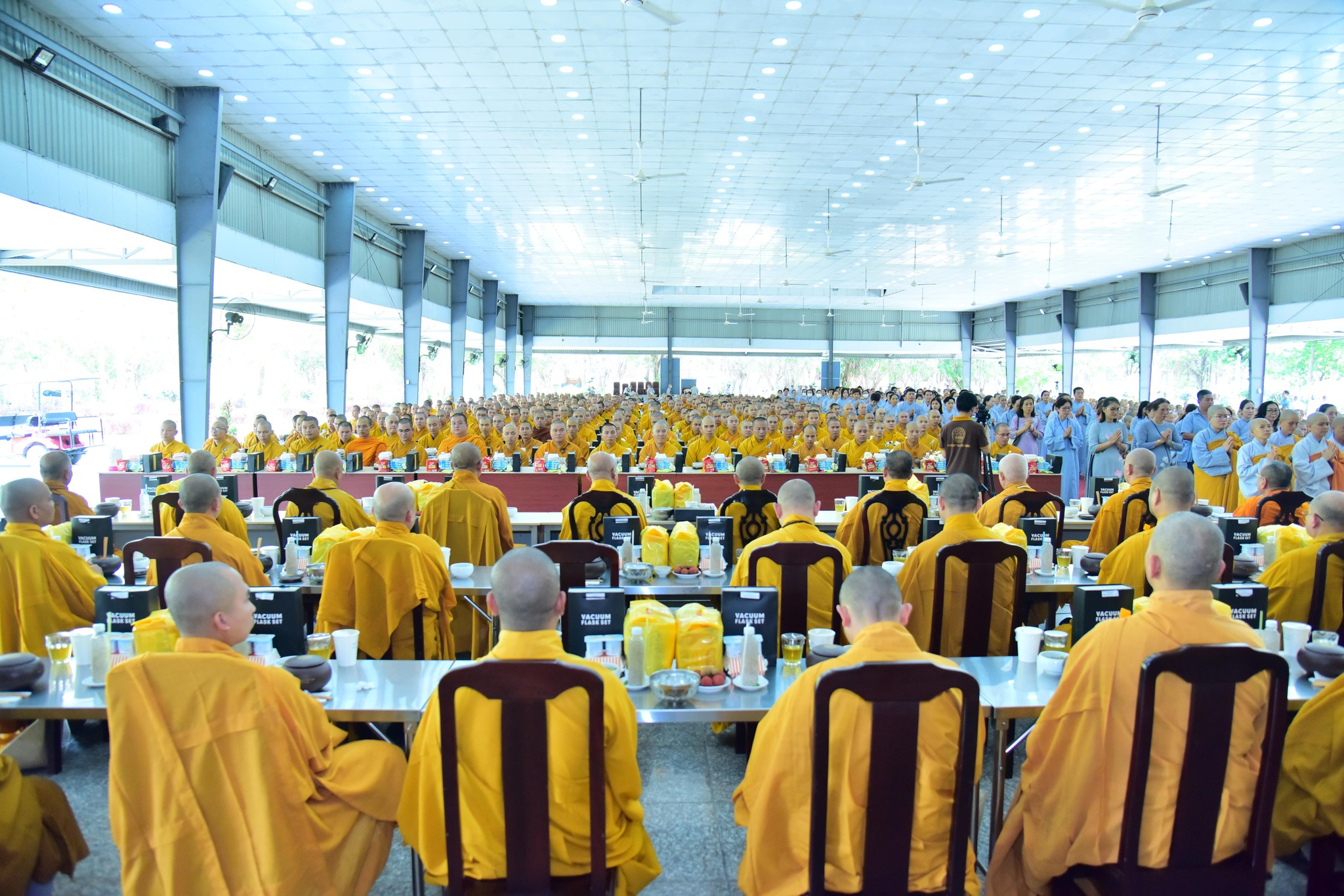Dharmacharya Andrew. J. Williams

A BRIEF HISTORY OF BUDDHISM Part 11 –
MAHAYANA EXPANSION (1ST-10TH CENTURY CE)
●◆● ════ ◆◇◆════ ●◆●
“From 1st Century BCE-2nd Century CE onwards, and in the space of a few centuries, the Mahayana tradition flourished and spread in the East, from India to South-East Asia, and towards the north to Central Asia, China, Korea, Vietnam, and finally to Japan in 538 CE and Tibet in the 7th century.
After the end of the Kushan Empire, Buddhism flourished in India during the dynasty of the Gupta Empire (4th-6th Century). Mahayana centres of learning were established, especially at Nalanda in North-Eastern India, which was to become the largest and most influential Buddhist University for many centuries, with renowned teachers such as the Great Master Nagarjuna.
The influence of the Gupta style of Buddhist art also spread along with Buddhism from South-East Asia to China.
Unfortunately, Indian Buddhism had weakened in the 6th century following the White Hun (or Hephthalite) invasions and the persecution of Buddhists led by Hun ruler Mihirkula (502-530 CE).
The renowned Chinese Buddhist monk, scholar and translator Xuanzang reported in his travels across India during the 7th century, of Buddhism being popular in Andhra, Dhanyakataka and Dravida, which today roughly corresponds to the modern day Indian states of Andhra Pradesh and Tamil Nadu.
While reporting on the many deserted stupas in the area around modern day Nepal, and the persecution of Buddhists by King Shashanka of the Kingdom of Gauda, in modern-day West Bengal, Xuanzang complimented the patronage of King Harṣavardana of the Vardhana Kingdom in Northern India during the same period.
After the reign of King Harṣavardana, the rise of many small kingdoms led to the rise of the Rajput clans across the gangetic plains, marking the end of Buddhist ruling clans, along with a sharp decline in royal patronage until a revival under the Pala Empire in the Bengal region (8th-12th Centuries CE).
Here Mahayana Buddhism flourished and spread to Tibet, Bhutan and Sikkim between the 7th and the 12th Centuries before the Pala Empire collapsed under the assault of the Hindu Sena Dynasty (1070-1230 CE). The Pala’s created many temples and a distinctive school of Buddhist art.
Xuanzang noted in his travels that in various regions, Buddhism was giving way to Jainism and Hinduism. By the 10th century Buddhism had experienced a sharp decline beyond the Pala realms in Bengal under a resurgent Hinduism and the incorporation in Vaishnavite Hinduism of the Buddha as the 9th incarnation of the god Vishnu.
An unfortunate milestone in the decline of Indian Buddhism in the North occurred in 1193 when Turkic Islamic raiders under Muhammad Khilji burnt Nalanda University. By the end of the 12th century, following the Islamic conquest of the Buddhist strongholds in Bihar and the loss of political support coupled with social pressures, the practice of Buddhism retreated to the Himalayan foothills in the North and Sri Lanka in the south.
Additionally, the influence of Buddhism also waned due to Hinduism’s revival movements such as Advaita, the rise of the Bhakti movement and the missionary work of the Sufi Muslims.”
●◆● ════ ◆◇◆════ ●◆●
~Dharmacharya Andrew. J. Williams~
A BRIEF HISTORY OF BUDDHISM Part 12 –
CENTRAL & NORTHERN ASIA (Part 1)
◆● ════ ◆◇◆════ ●◆●
CENTRAL ASIA:
“Central Asia had most likely been influenced by Buddhism since the time of the Buddha. According to a legend preserved in Pali, the language of the Theravadin Canon, two merchant brothers from Bactria named Tapassu and Bhallika visited the Buddha and became his disciples. They then returned to Bactria and established Buddhist Temples and Dharma Centre’s.
Central Asia long played the role of a meeting place between China, India and Persia. During the 2nd Century BCE, the expansion of the Former Han Dynasty to the west, brought them into contact with the Hellenistic Civilizations of Asia, especially the Greco-Bactrian Kingdoms.
Thereafter, the expansion of Buddhism to the north led to the formation of Buddhist communities, and even Buddhist Kingdoms in the oases of Central Asia. Some Silk Road cities consisted almost entirely of Buddhist Stupas and Monasteries, and it seems that one of their main objectives was to welcome and service travellers between the east and west.
The Theravadin traditions first spread among the Iranian tribes before combining with the Mahayana traditions during the 2nd and 3rd Centuries BCE to cover modern-day Pakistan, Kashmir, Afghanistan, Uzbekistan, Turkmenistan and Tajikistan. These were the ancient states of Gandhara, Bactria, Margiana, and Sogdia, from where it spread to China.
Among the first of these states to come under the influence of Buddhism was Bactria, as early as the 3rd Century BCE. It was not, however, the exclusive religion of this region. There were also Zoroastrians, Hindus, Nestorian Christians, Jews, Manichaeans, and followers of Shamanism, Tengrism, and other indigenous, non-organized systems of belief.
Various Theravadin schools persisted in Central Asia and China until around the 7th Century CE, and although the Mahayana had begun to become dominant during this period, the Sarvastivadins and Dharmaguptakas Vinaya’s (monastic rules of conduct) remained the Vinaya’s of choice in Central Asian Monasteries.
Various Buddhist kingdoms arose and prospered in both the Central Asian region and downwards into the Indian Sub-Continent, such as the Kushan Empire, prior to the White Hun invasion in the 5th Century, where under the King Mihirkula, Buddhists were heavily persecuted.
Buddhism in Central Asia started to decline with the expansion of Islam and the destruction of many Stupas and Monasteries in the wars from the 7th Century. It is believed that some Muslims accorded them the status of ‘people of the book’, many referring to the Buddha as a prophet.
Buddhism saw a surge during the reign of the Mongols, following the invasion of Genghis Khan and the establishment of the Il Khanate and the Chagatai Khanate, who brought their Buddhist influence with them during the 13th Century. However, within 100 years, the Mongols who remained in that region would convert to Islam and spread Islam across all the regions of Central Asia. Only the Eastern Mongols and the Mongols of the Yuan dynasty would keep to the practise of Vajrayana Buddhism.”
●◆● ════ ◆◇◆════ ●◆●
~Dharmacharya Andrew. J. Williams~






















